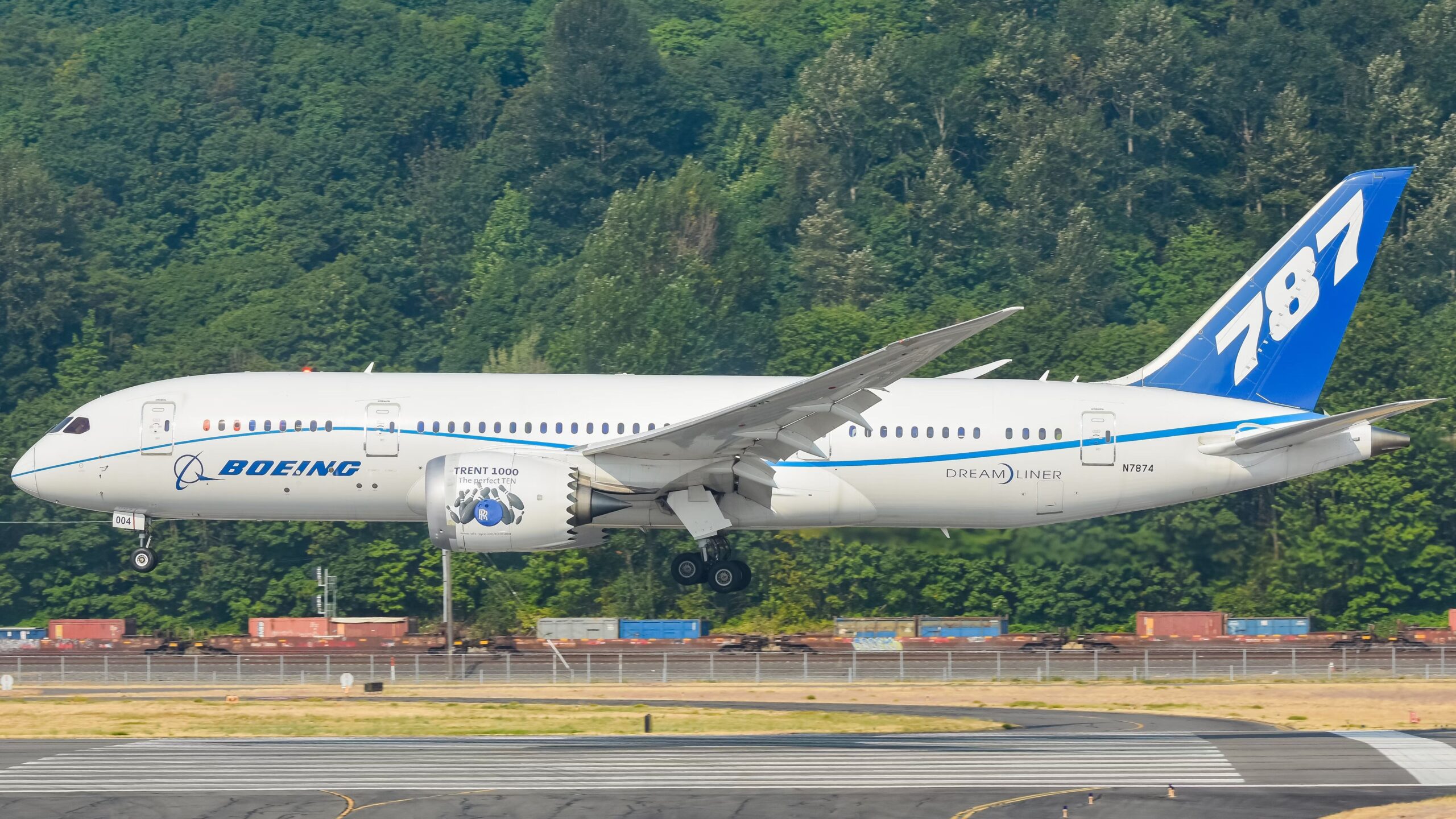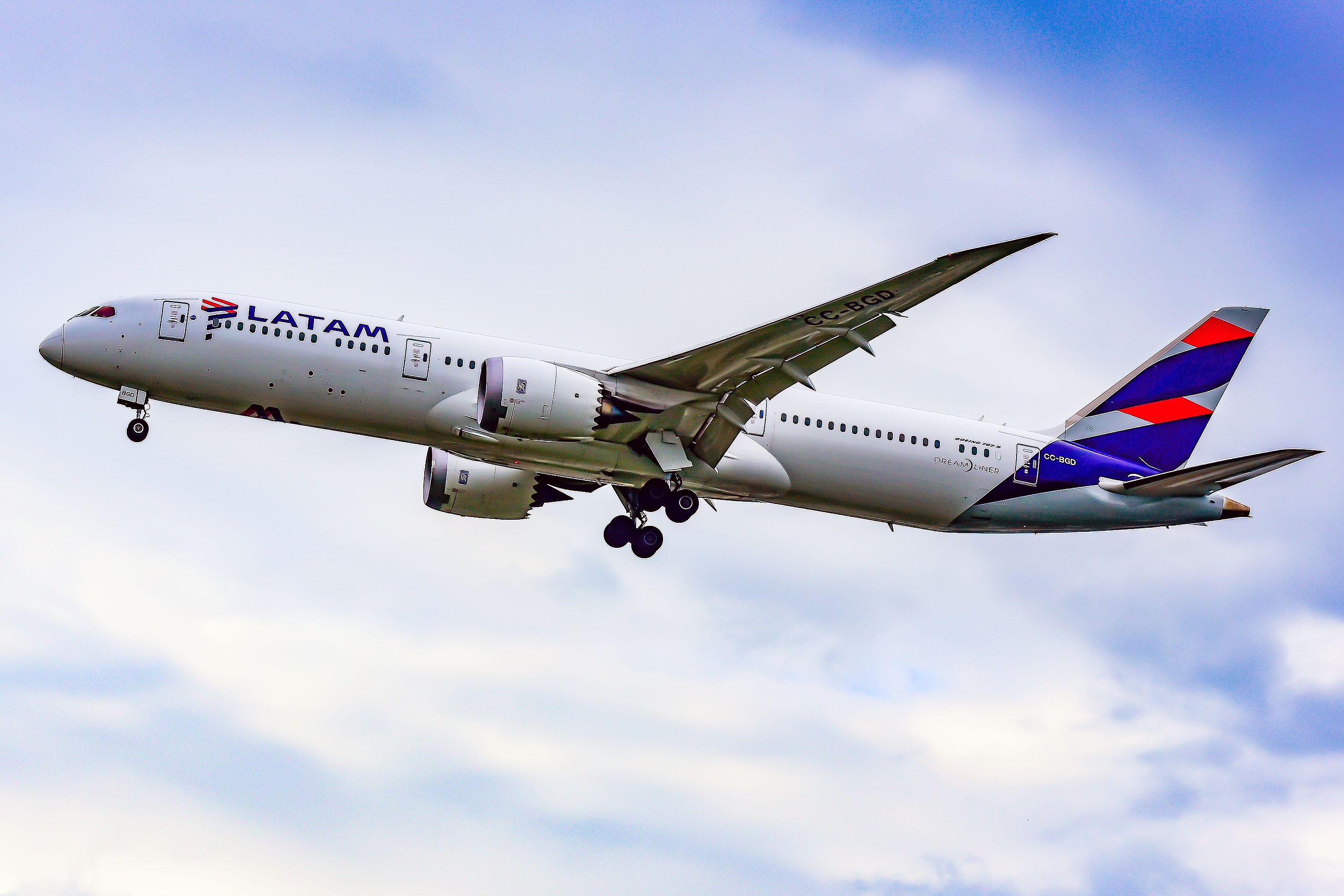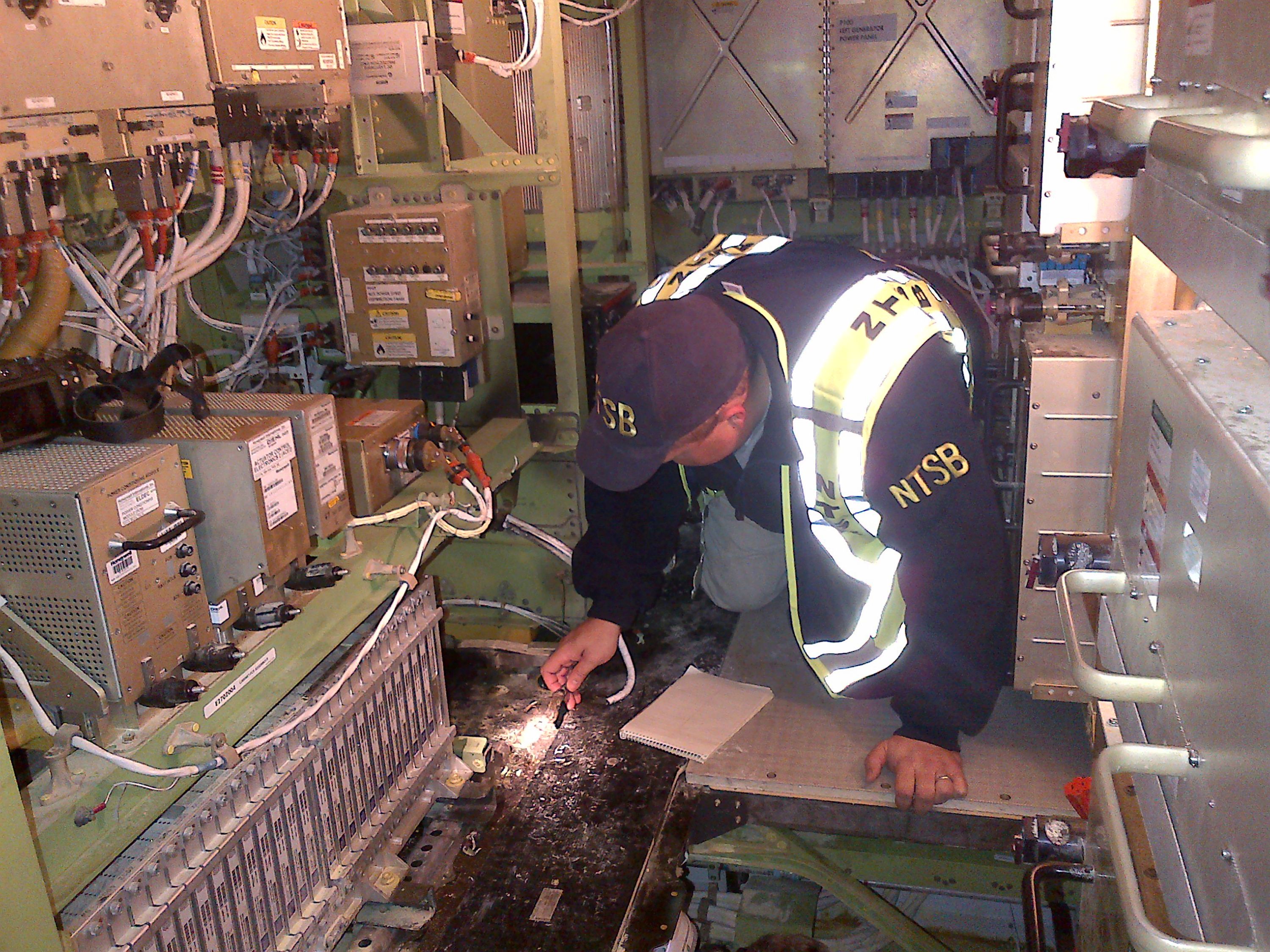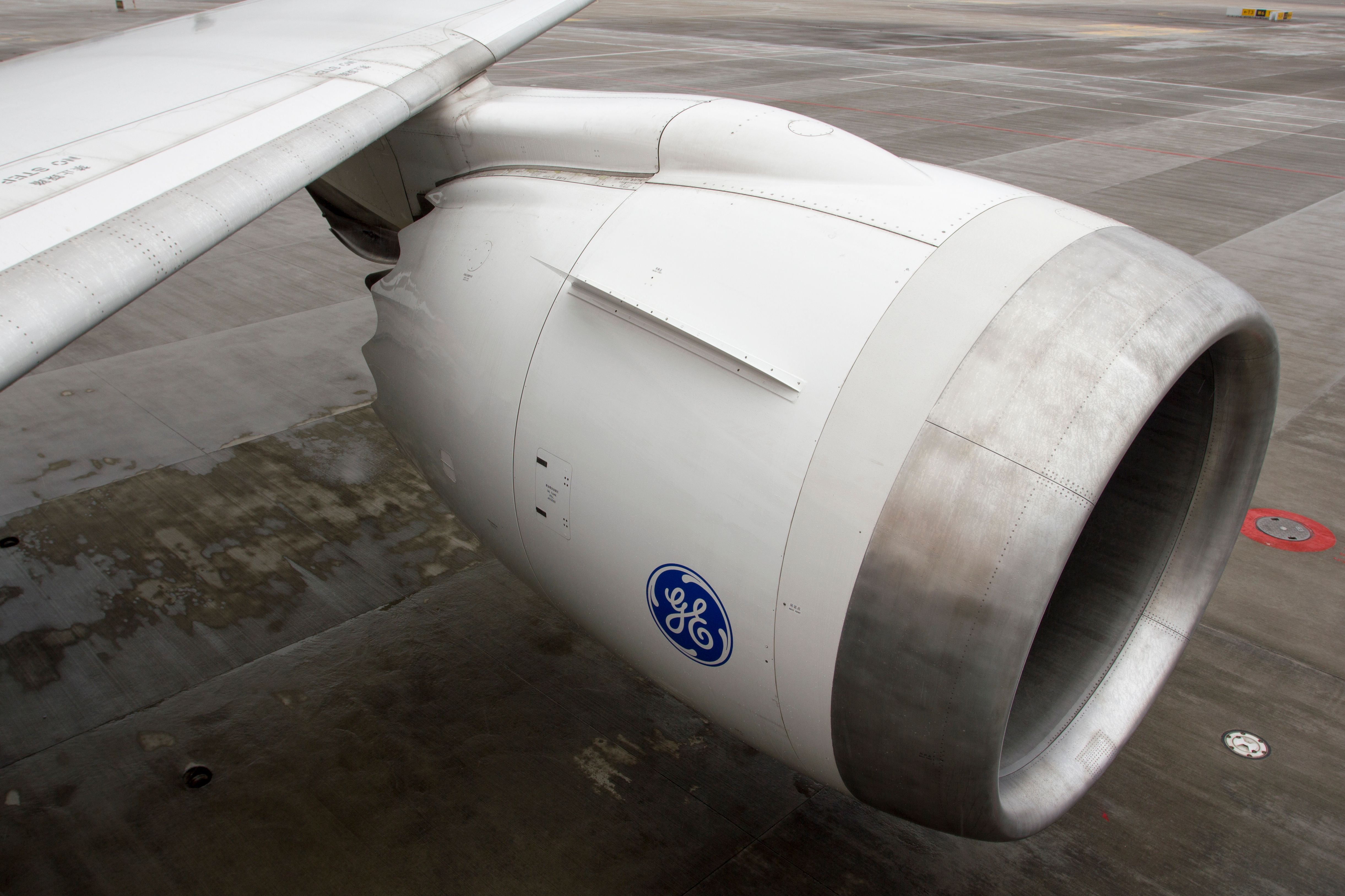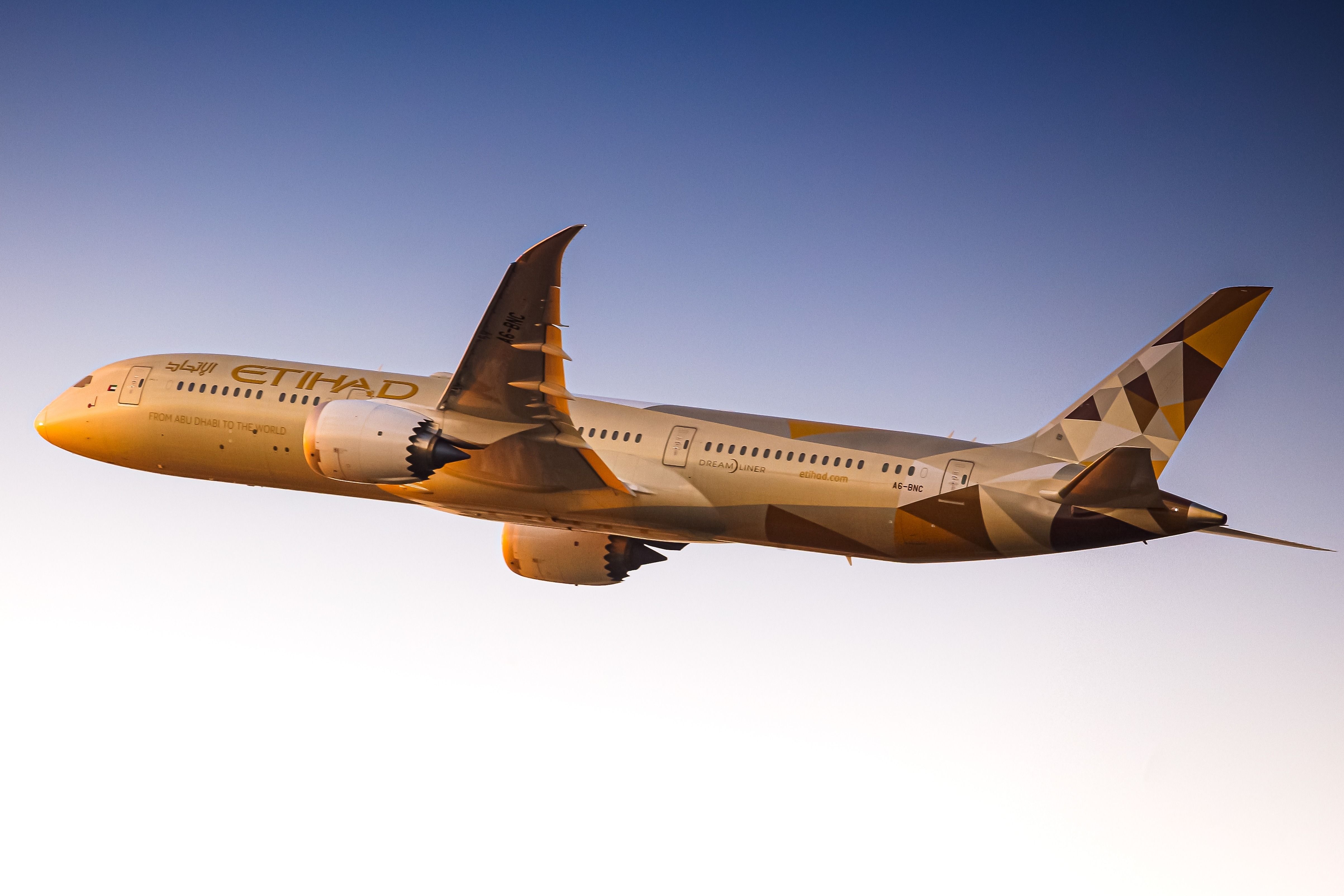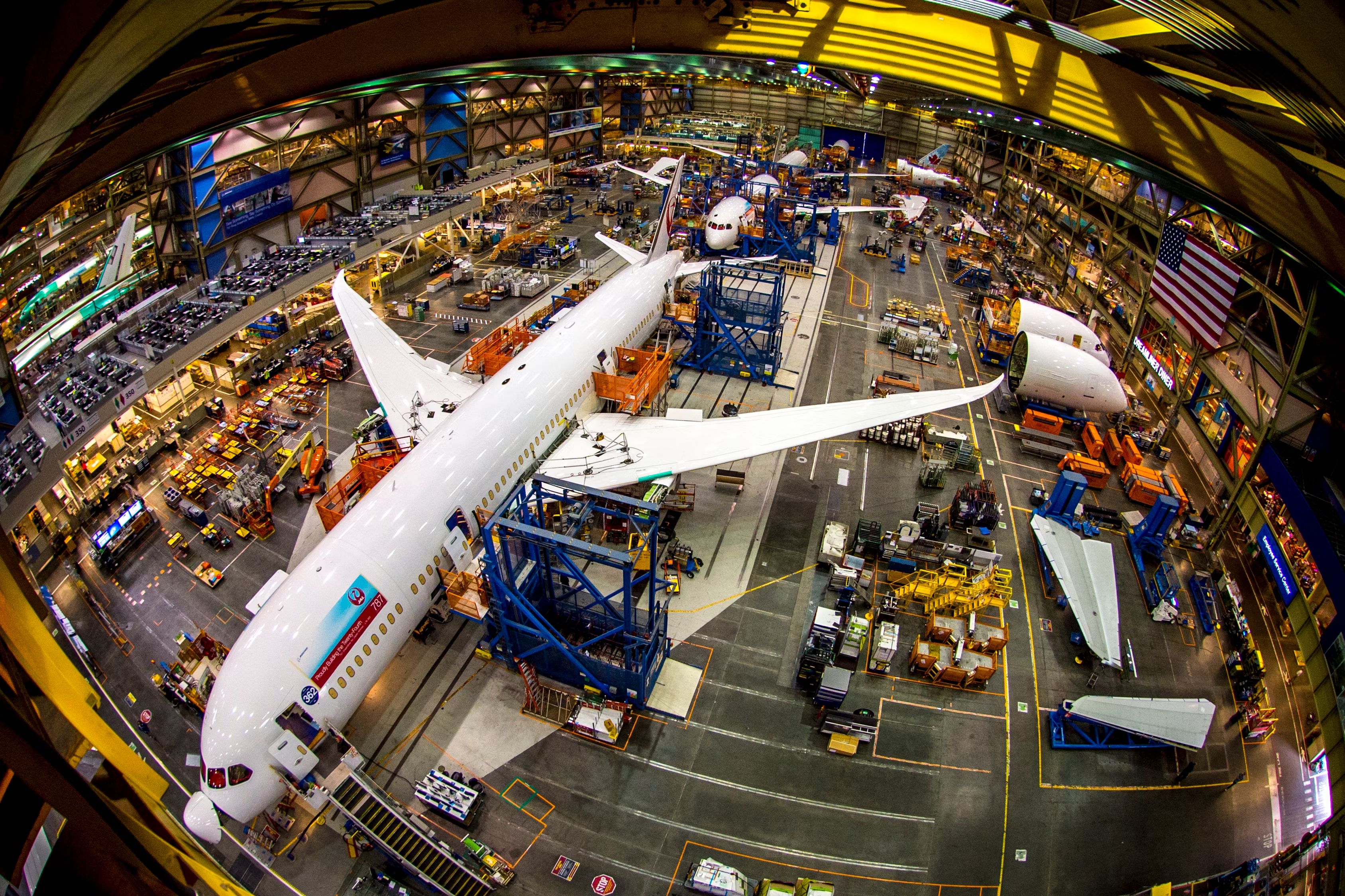Summary
- Rolls-Royce Trent 1000 engine issues were quickly resolved without impacting Dreamliner sales.
- Boeing overcame Lithium-ion battery fires grounding jets, improving battery containment procedures.
- GEnx engine ice crystal issues and improperly manufactured titanium parts were addressed swiftly by Boeing.
The 787 is undeniably the linchpin of Boeing’s commercial lineup. Dominating the long-haul mid-market segment, Boeing’s Dreamliner has outsold its rivals in the market by massive margins, and the jet will certainly remain the king of long-range medium-capacity flight for decades to come.
The jet is also incredibly innovative and brought to the market gains in efficiency, reliability, and range that had not been seen in the market before. Not only does the jet allow carriers to serve markets they have been unable to prior, but the plane also allows airlines to serve these routes with both cost and fuel efficiency.
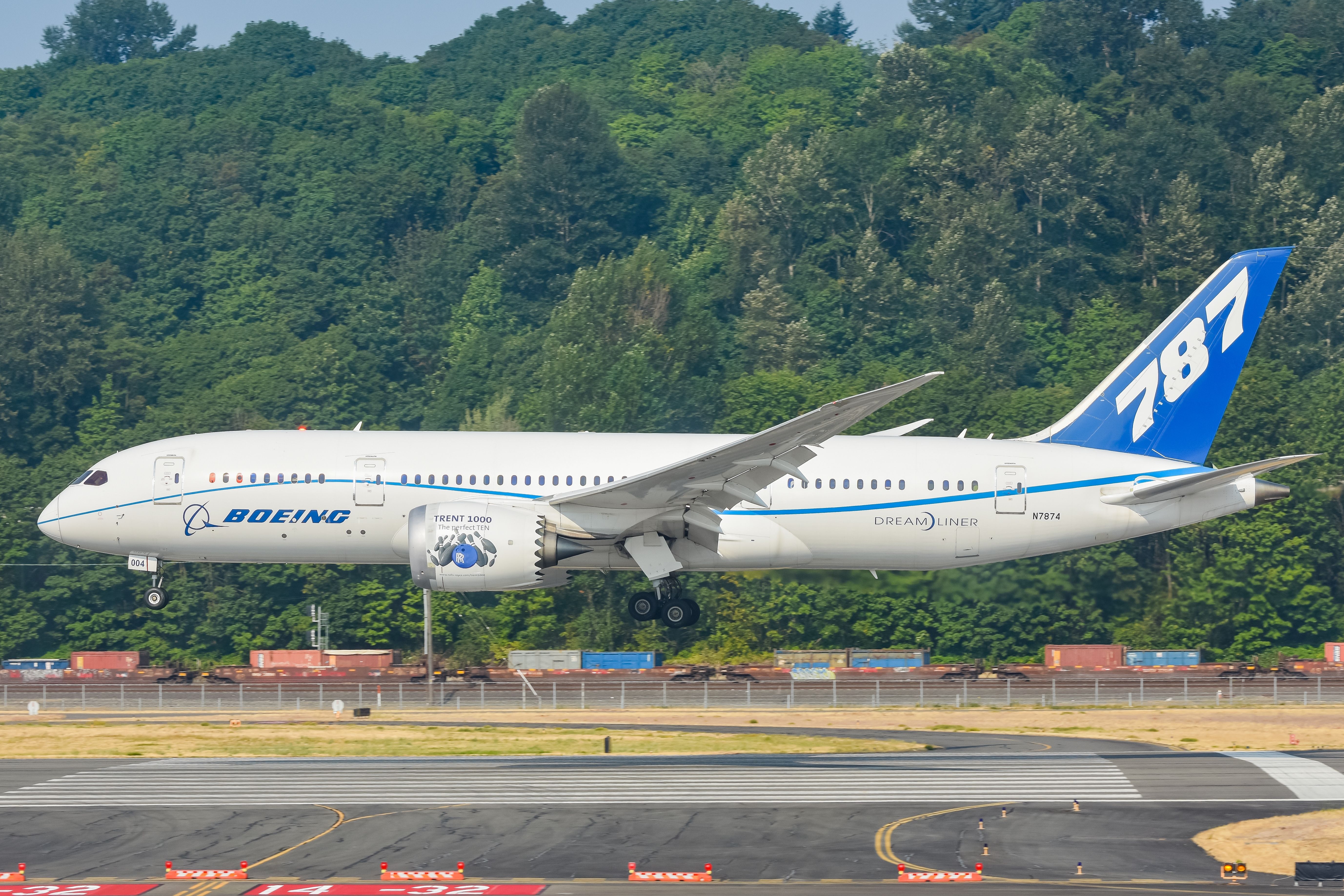
Related
A Clean Sheet Widebody: The Story Of The Boeing 787
The 787 was a bold, and successful, move for Boeing.
But as with any jet to hit the market, especially one as disruptive to the industry as the Dreamliner, the 787 has had its share of teething problems upon entering service. Nonetheless, Boeing’s efforts to remedy these issues are what have allowed the jet to become such a reliable bestseller today.
In this article, we would like to take a deeper look into the Boeing 787s service history. Here are the five most crucial changes that have been made to the Dreamliner throughout its service life.
1
Addressing engine issues
Year: 2019
|
Issue: |
Premature corrosion of engine fan blades |
|
Engine type: |
Rolls-Royce Trent 1000 |
|
Fix: |
Adjustments to blades to prevent cracking and corrosion |
One of the biggest hurdles the Dreamliner has faced throughout its service lifetime has to do with the Rolls-Royce Trent 1000 engine, two of which power the massive aircraft. The issue arose in 2019, and eventually saw nearly 35 different Dreamliners grounded for months at a time amid engine difficulties, according to reporting from Reuters.
Photo: Vytautas Kielaitis | Shutterstock
The challenges arose with the engine’s fan blades, which were experiencing immature corrosion. The degrading of metals inside an engine fan is normal for aircraft and is to be expected, but not after such a short period of time as is the case in this situation.
Nonetheless, manufacturer Rolls-Royce responded to the issue quickly, assuaging fears that the problem could permeate and quickly become a nightmare for an airline already experiencing difficulties with the 737 MAX program. Additionally, this swift response proved that the airline would be well-equipped to handle future issues that would arise with the Trent 1000.
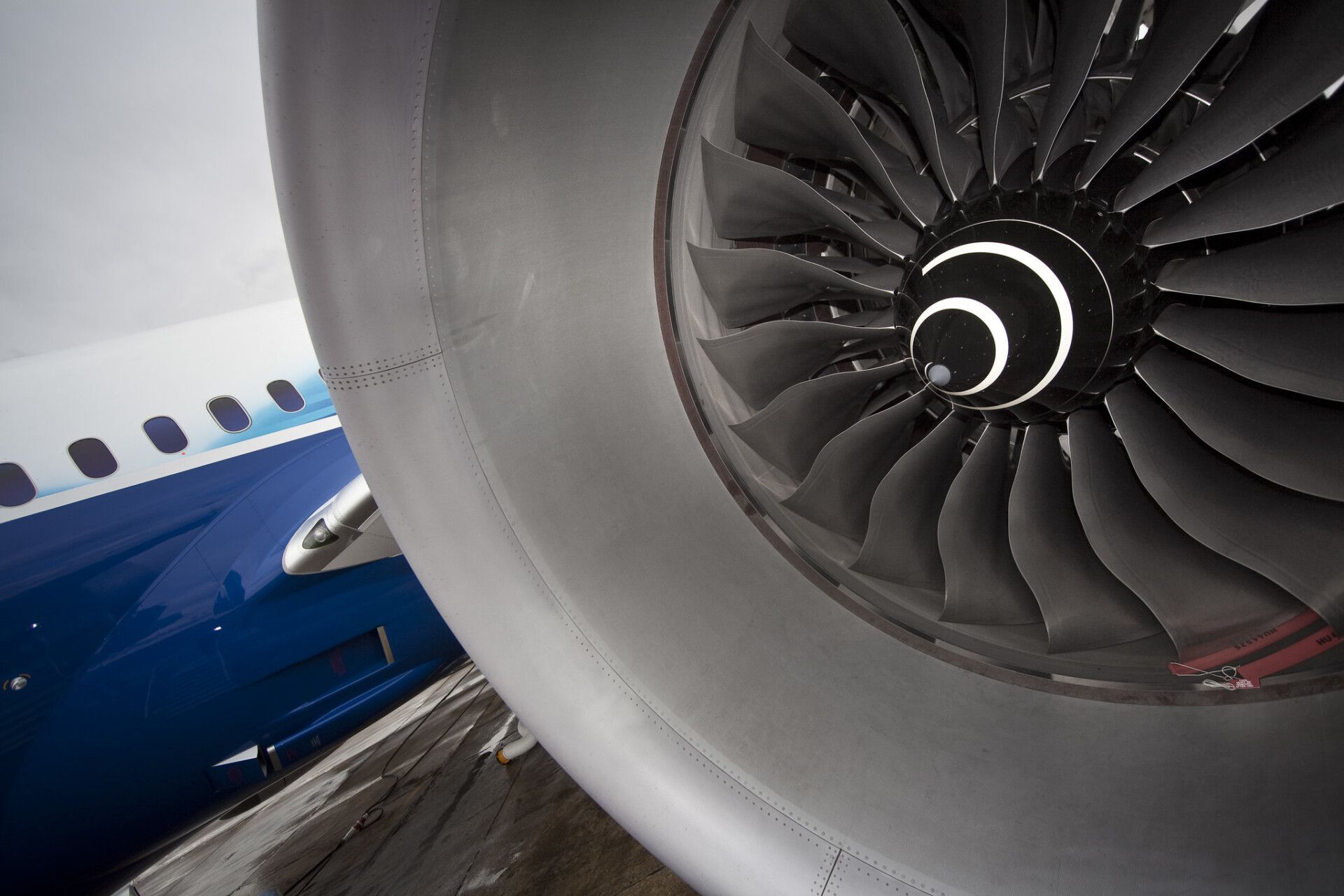
Related
How Rolls-Royce Solved Its Trent 1000 Issues
2
Lithium-ion battery troubles
Year: 2013
|
Issue: |
Recurrent fires starting from onboard Lithium-ion batteries |
|
Mechanism of concern: |
Cell 5 or Cell 6 of the APU Battery |
|
Fix: |
Adjustments to better contain battery system fires |
In the early days of the 787 program, the jet encountered one of the largest threats to its future. Many people will recall battery issues and fires as a leading problem faced by Boeing in the years after the 787 was introduced.
Over the course of 2013, multiple different fires took place onboard 787 jets. After three incidents, the last one involving an emergency landing leading to multiple sustained injuries, the type was grounded until the manufacturer could devise a solution.
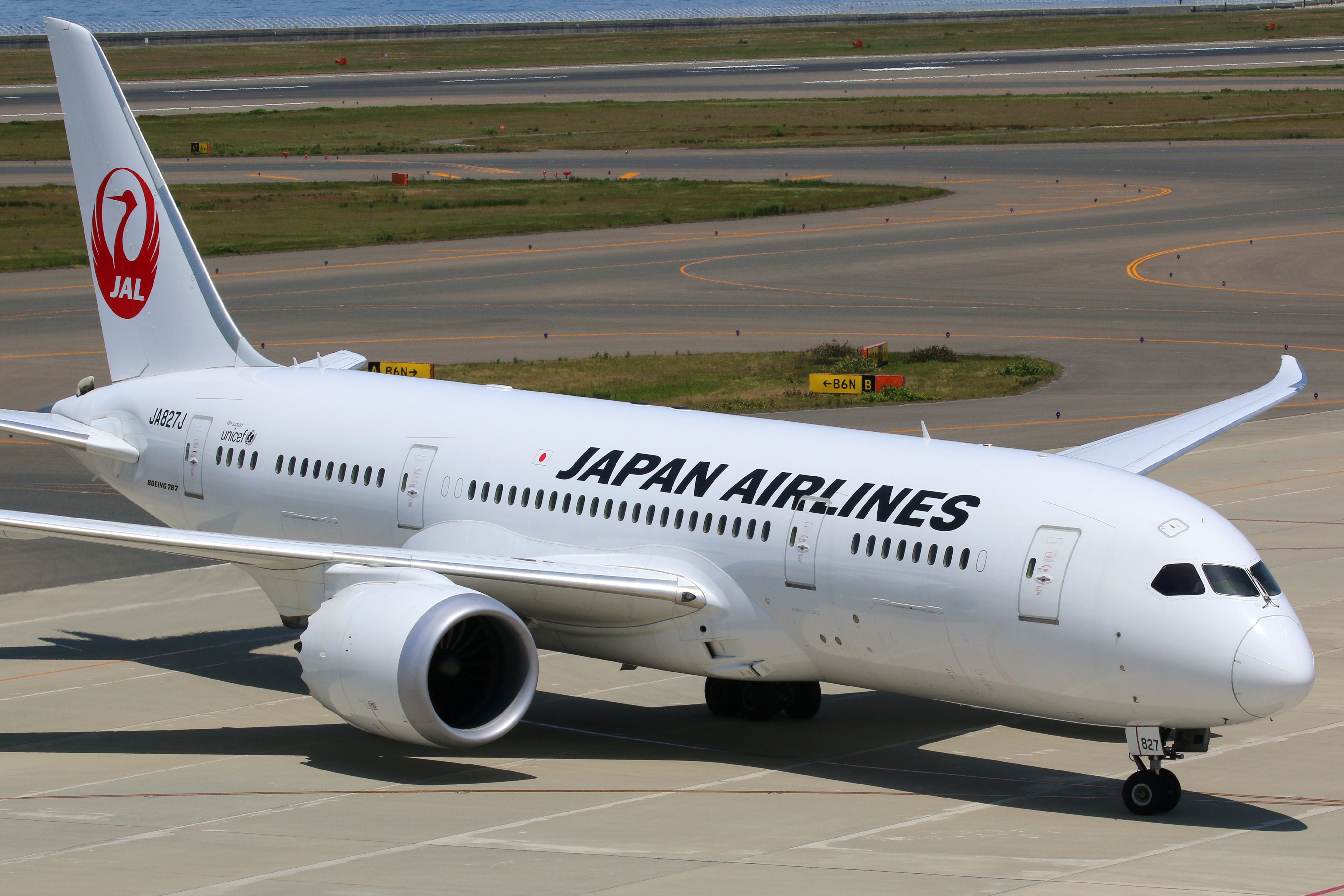
Related
What Caused The Battery Fires That Grounded the Boeing 787 10 Years Ago?
A combination of design issues, wrong assumptions, and inadequate testing procedures contributed to the fleet’s grounding.
Jets were grounded across the globe. Japanese flag carrier ANA reported losing $1.1 million per day while the jet was grounded, according to reporting from Reuters. The issue was ultimately resolved, however, but not after the manufacturer and its earliest 787 customers experienced significant pain from the incident.
Photo: NTSB
The solution involved changes to production and testing procedures to incorporate more strict screening of the battery cells before assembly. For thermal and electrical adjustments, the system’s voltage range would be enhanced, and a specialized enclosure would prevent fires from ever even starting.
3
Engine ice crystal development problems
Year: 2013
|
Issue: |
Ice crystals form while flying through storms |
|
Engine: |
GEnx |
|
Fix: |
Adjust anti-ice practices |
During the early years of 787 operation, the twinjet encountered another engine issue that could have proven catastrophic if not swiftly addressed. While the jet’s other powerplant, the Rolls-Royce Trant 1000, faced corrosion issues a few years into operations, the GEnx faced reliability issues early in its operational life.
The earliest Dreamliners encountered an issue while flying through high-altitude storms. During this time, as per reports issued by Boeing, the jet’s GEnx engines would often encounter the problematic buildup of ice crystals.
Photo: Tada Images | Shutterstock
In order to combat this issue, Boeing issued an airworthiness directive suggesting new comprehensive engine maintenance practices to avoid this issue persisting and also suggested that Dreamliners avoid high-altitude storms altogether. The issue also affected the 747-8, which is also powered by the GEnx engine.
4
Titanium issues
Year: 2017
|
Issue: |
Improperly manufactured titanium parts |
|
Part of interest: |
Fuselage plates |
|
Fix: |
Partnership with new Norwegian supplier |
In order to achieve its notable gains in efficiency, the Boeing 787 found ways to greatly reduce the plane’s weight without compromising on material strength. While the widespread adoption of Carbon composite technology is widely known, the use of titanium has received less public attention.
Photo: KeleX Pictures | Shutterstock
That was until Boeing received word from multiple suppliers that major parts of the GEnx engine and of the fuselage’s plates were improperly manufactured. Nonetheless, while General Electric quickly cleared up the engine issues on its end, the jet maker fixed issues on its end, and later partnered with Norsk Titanium, a Norwegian manufacturer, in 2021 to manufacture new high-quality titanium parts. By utilizing 3D-printed metal parts, Boeing estimated a cost saving of up to $3 million USD per Dreamliner.

Related
Titanium Plates: Boeing Up Aginst A New 787 Dreamliner Issue
5
Ongoing construction issues and delivery delays
Year: 2023-4
|
Issue: |
Improper fitting of aircraft parts |
|
Mechanism of concern: |
Horizontal stabilizer |
|
Fix: |
Re-evaluation of all stabilizers installed at factory where issue was discovered |
Unsurprisingly, the Boeing 787 has not been devoid of problems even in recent years. Despite a lack of major issues, 2023 saw Boeing’s production line delayed once again.
The first problems arose when the manufacturer noted that the horizontal stabilizers of nearly 90 jets manufactured at its Salt Lake City factory were improperly fitted. Since the issue was discovered, Boeing delayed the delivery of all units as performing modifications to the production process were made.
Photo: Boeing
And there have been potential further issues and delays in 2024 with whistleblower reports about the manufacturing process. Boeing denies any further issues, but investigations will continue.

Related
Whistleblower Report Prompts Closer Look At Boeing 787 Dreamliner Program
Boeing denied the allegations made by the whistleblower, including those related to potential 787 issues.
Would you like to discuss more about the development and subsequent issues with the Boeing 787? Feel free to discuss in the comments section below.

